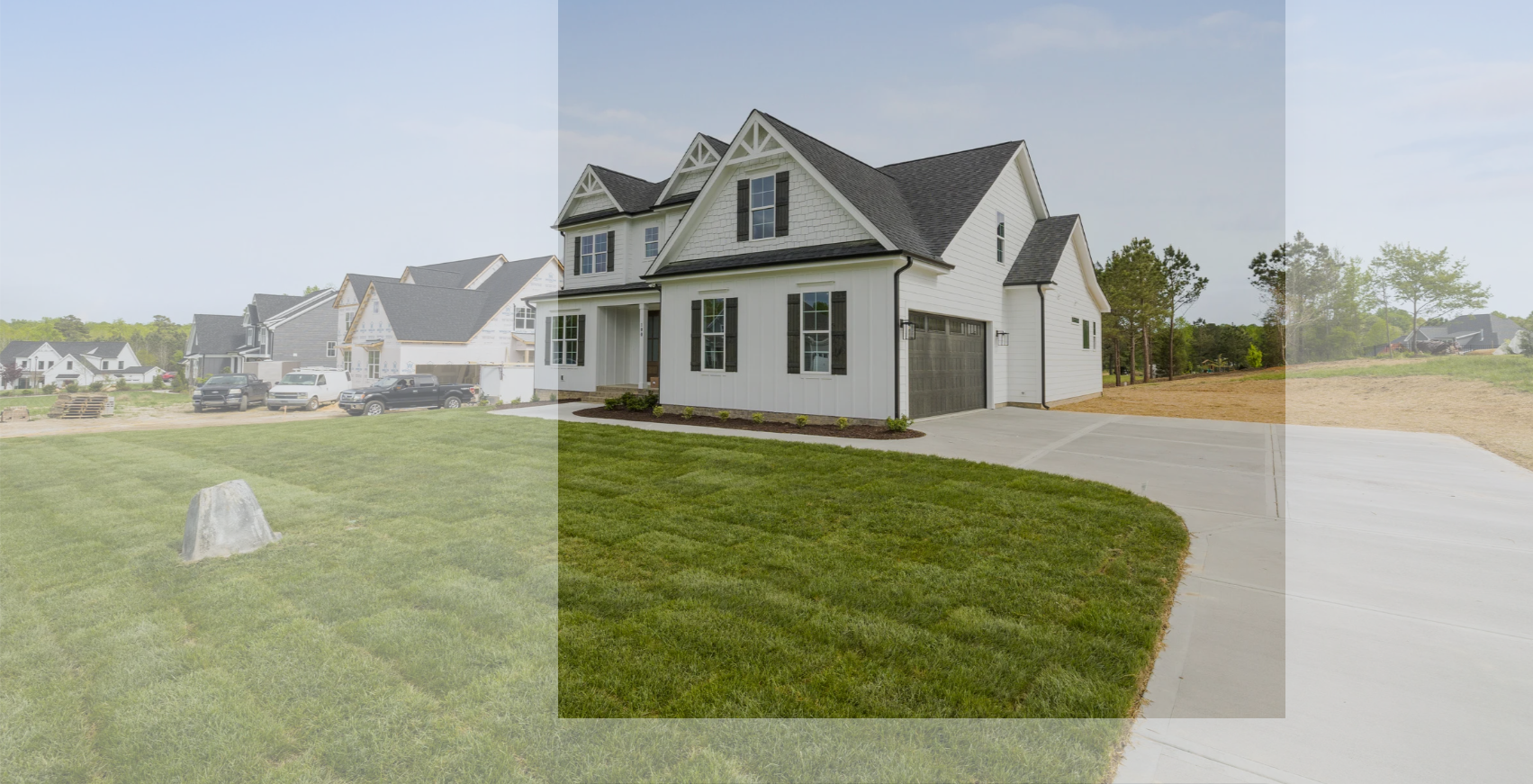The Pros and Cons of Single-Family vs. Multi-Family Homes
https://buymeacoffee.com/kaysogy/the-pros-cons-single-family-vs-multi-family-homes When considering real estate investment or buying a home, one major decision is choosing between single-family and multi-family homes. Each type of property offers unique advantages and drawbacks, making it essential to evaluate your goals, financial situation, and long-term plans before making a decision. In this article, we’ll break down the pros and cons of single-family vs. multi-family homes, helping you navigate the real estate market in 2025.
When considering real estate investment or buying a home, one major decision is choosing between single-family and multi-family homes. Each type of property offers unique advantages and drawbacks, making it essential to evaluate your goals, financial situation, and long-term plans before making a decision. In this article, we’ll break down the pros and cons of single-family vs. multi-family homes, helping you navigate the real estate market in 2025.
What Are Single-Family and Multi-Family Homes
Single-Family Homes: Standalone properties designed for one household, offering private yards, garages, and no shared walls with neighbors.
Multi-Family Homes: Buildings with multiple units, such as duplexes, triplexes, or apartment complexes, where different households occupy separate units within the same structure.
Greater Privacy and Space: Single-family homes provide more privacy, as there are no shared walls, and the outdoor space is typically exclusive to the owner.
Higher Appreciation Potential: Historically, single-family homes tend to appreciate faster, especially in desirable neighborhoods. Real estate market trends show that demand for these homes remains strong.
Easier to Sell: These homes attract a broader range of buyers, including families and first-time homebuyers, making them easier to sell in most markets.
Lower Maintenance Responsibility: Owners only need to worry about maintaining one unit, simplifying property management.
Financing Simplicity: Mortgage financing options are more straightforward with single-family homes, as lenders perceive them as lower risk.
Higher Costs: The cost per square foot is typically higher, and homeowners bear all expenses without rental income to offset costs.
Limited Income Potential: Single-family homes offer no built-in rental income, making them less attractive for property investment strategies.
More Vulnerable to Market Fluctuations: Property value is more closely tied to neighborhood trends, potentially impacting long-term value.
Maintenance Costs Fall on One Owner: Any home renovation ideas or repairs are solely the responsibility of the owner, unlike in multi-family properties where costs may be shared.
Income Generation: The biggest advantage is rental income. Owners can live in one unit while renting out others, helping cover mortgage payments and other expenses.
Scalability for Investors: Multi-family homes align with property investment strategies by offering multiple income streams under one roof, making portfolio growth more efficient.
Easier to Manage: Rental property management is more centralized, with all units in one location, streamlining tasks like maintenance and tenant relations.
Reduced Vacancy Risk: Even if one unit is vacant, income from other units can sustain cash flow, reducing financial strain.
Access to Specialized Financing: Some lenders offer unique mortgage financing options tailored for multi-family properties, often with better terms for income-generating properties.
Higher Upfront Costs: Purchase prices for multi-family homes are generally higher, requiring more significant initial investment.
Increased Management Responsibilities:
Owners must handle tenant issues, maintenance, and potential disputes. Some investors opt for digital property management tools to ease the burden.Market Sensitivity: Rental demand can fluctuate based on neighborhood guides, economic shifts, and population trends, impacting occupancy rates and income.
More Complex Financing: While specialized financing exists, it often comes with stricter requirements, such as higher down payments and interest rates.
Limited Buyer Pool: When selling, multi-family properties appeal more to investors than traditional homebuyers, potentially prolonging the sales process.
Which Option is Right for You: Choosing between a single-family and a multi-family home depends on your financial goals, lifestyle preferences, and risk tolerance. If privacy, simplicity, and potential appreciation are priorities, a single-family home might be the best fit. However, if generating income, scaling investments, and leveraging rental property management appeal to you, a multi-family home could be a smart choice. Real estate mobile apps and online property listings can help identify the right properties, while tools like property valuation tools ensure you make informed decisions.
Conclusion: Both single-family and multi-family homes offer compelling benefits and unique challenges. Understanding your priorities — whether it’s maximizing privacy or building a diverse property investment portfolio — will guide you toward the right decision. As the real estate market trends shift in 2025, staying informed about mortgage financing options, sustainable real estate practices, and smart home technology can empower you to make choices aligned with your long-term vision. No matter which path you choose, a thoughtful approach, coupled with expert advice, will set you up for success in the ever-evolving world of real estate.
Comments
Post a Comment